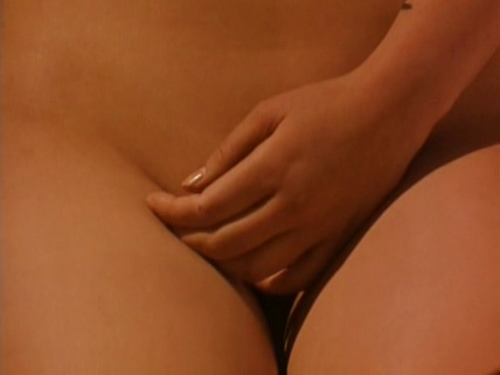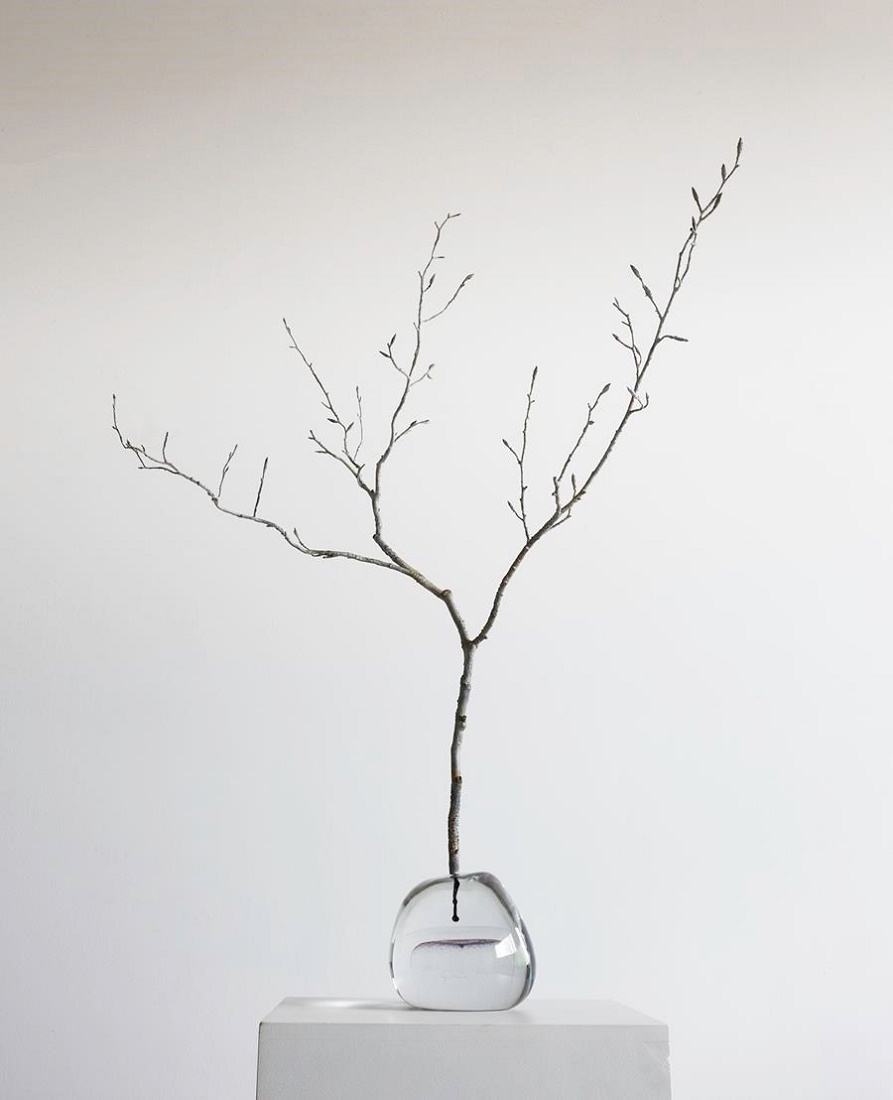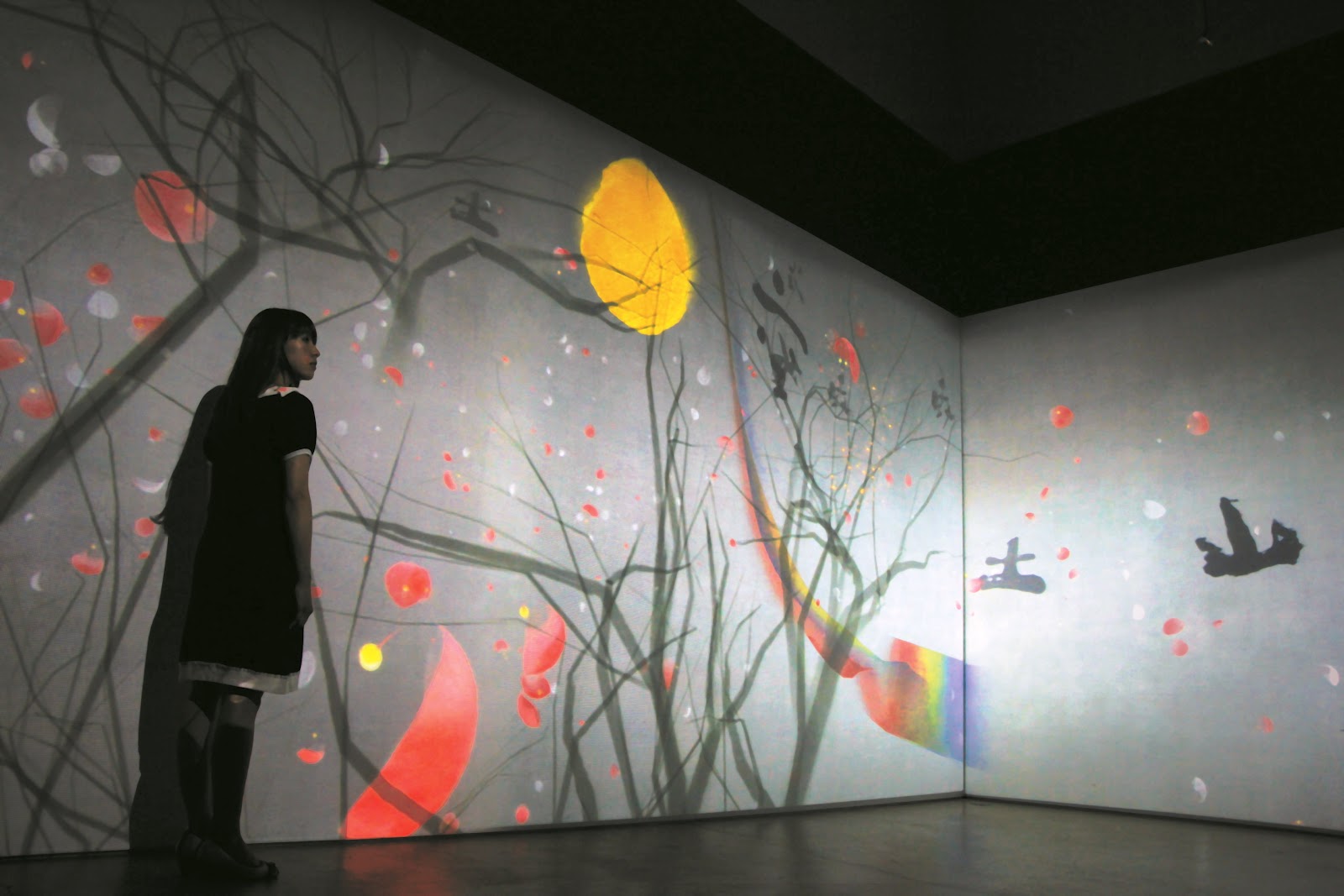


PETER GREENAWAY
بيتر غريناواي
彼得·格林纳威
פיטר גרינווי
ピーター·グリーナウェイ
피터 그리너웨이
Питер Гринуэй
The Pillow Book
Beautiful to behold and impossible to forget, THE PILLOW BOOK is auteur Peter Greenaway’s erotically-charged drama about love, death, revenge and the indelible nature of our earliest memories. Each year on her birthday, Nagiko (Vivian Wu) would became her father’s canvas, as he painted the creation myth in elaborate, elegant calligraphy on her body. Years later, she continues the practice with a succession of lovers, including a bisexual translator (Ewan McGregor) who becomes a pawn in an escalating game of vengeance against her beloved father’s exploitative publisher. Told in a series of chapters and featuring innovative cinematography and picture-in-picture techniques, Roger Ebert called THE PILLOW BOOK “a seductive and elegant story [that] stands outside the ordinary.”
cinema full

Chris Cheung
No Longer Write – Mochiji
Powered by artificial intelligence’s Generative Adversarial Networks (GANs), the collected works from ancient Chinese Calligraphers, including Wang Xizhi, Dong Qichang, Rao Jie, Su Shi, Huang Tingjian, Wang Yangming, as input data for deep learning. Strokes, scripts and style of the masters are blended and visualized in “Mochiji”, a Chinese literature work paying tribute to Wang Xizhi. Wang is famous for his hard work in the pursuit of Chinese calligraphy. He kept practicing calligraphy near the pond and eventually turned the pond for brush washing into an ink pond (Mochi). The artwork provides a platform for participants to write and record their handwriting. After a participant finished writing the randomly assigned script from “Mochiji”, the input process is completed and the deep learning process will begin. The newly collected scripts will be displayed on the screen like floating ink on the pond, and slowly merge with other collected data to present a newly learnt script. The ink pond imitates process of machine learning, which observes, compares and filters inputs through layers of image and text, to form a modern edition of “Mochiji”.
.
不再写 – Mochiji
以人工智能的生成对抗网络(GANs)为动力,将王羲之、董其昌、饶捷、苏轼、黄廷健、王阳明等中国古代书法家的作品作为深度学习的输入数据。向王羲之致敬的中国文学作品《麻糬》,将大师的笔触、文字、风格融为一体,形象化。王先生以对中国书法的刻苦钻研而著称。他一直在池塘边练习书法,最终把洗笔池变成了墨池(麻糬)。艺术作品为参与者提供了一个书写和记录他们笔迹的平台。参与者完成“Mochiji”中随机分配的脚本后,输入过程完成,深度学习过程将开始。新收集到的脚本会像池塘上的浮墨一样显示在屏幕上,并与其他收集到的数据慢慢融合,呈现出新学到的脚本。墨池模仿机器学习的过程,通过图像和文本的层层观察、比较和过滤输入,形成现代版的“年糕”。

Lin Hwai-min
cursive II
Ross MacGibbon
Cloud Gate Dance Theatre of Taiwan
Lin Hwai-min’s Cursive II is inspired by the aesthetics of calligraphy. Set to music by John Cage, it is an exquisite meditation on the balancing of opposites presented in delicate simplicity, allowing no distraction from the details of the dance.

esjieun
serie ligne et performance 1
L’artiste coréenne Esjieun Kim développe dans son travail la thématique commune de la ligne. Inspirée par la calligraphie de son père et par l’attachement à la tradition picturale orientale de sa mère, elle étudie la ligne sous l’aspect sémantique, poétique et abstrait.En partant de l’image de ligne comme représentation du monde et de l’environnement, notamment par la cartographie, la géolocalisation, le chemin et la frontière, elle s’adresse à des données inventées, auxquelles le tracé donne une réalité. L’invisible tangible prend alors une place centrale dans sa démarche artistique.Tout comme le land art interroge l’empreinte de l’Homme dans la nature, Esjieun Kim explore l’empreinte comme la mémoire de mouvement, et la ligne comme le symbole de trajectoires de l’humain dans les mondes qui l’entourent.

SHINICHI MARUYAMA
신이치 마루야마
Шиничи Маруяма
شينيتشي ماروياما
Kusho
Les images étonnantes de l’artiste Shinichi Maruyama empreintent à la fois à la photographie, la calligraphie et la sculpture. Ephémères et uniques, elles sont créées en effectuant des rojections énergiques d’eau, d’encre ou de peinture, photographiées à grande vitesse.

SARAH SCHNEIDER
サラ·シュナイダー
Сара Шнайдер/
שניידר שרה
사라 슈나이더
سارة شنايدر
Centro de Rehabilitacion en Austria
“The project developes an architecture that uses rules of natural growth and connects both growth and ornament, with a landscape environment, topologically and calligraphically. The ornament creates a symbiotic relationship with the existing environment by framing existing topographic features and at the same time giving a feedback to the landscape by creating topographical irregularities.”

STÉPHANE GUIRAN
The sleek line work of Guiran’s sculpture, inspired by calligraphy and Japanese haikus, evokes an imaginary writing that unfolds in space. Guiran works predominately in glass, drawing and photography. “…Consistent and deliberate, his work is allied with the essential, between matter and spirit, method and momentum, humans and nature. It imposes its decisive presence by leaving us with thefeeling of harmonious wholeness..”


SISYU+teamLab
What a Loving and Beautiful World
file festival
In the current digital age, digital media is part of our everyday life. So this participatory installation inserts calligraphy by Sisyu into a digital media art work that gives people the chance to enjoy calligraphy in a new way. The calligraphy is projected onto a large wall and the sho (Japanese calligraphic characters) appear to be sucked into the shadow of the person participating. This action causes a series of enchantingly beautiful and vivid visual and sound effects. The floating sho characters on the wall react to one’s shadow and open up to reveal each character’s world. A new world is created by overlapping and combining the sho’s world with that of Sisyu, the calligrapher, one’s own thoughts, and the thoughts of humankind that are contained in the origins of the characters. This work uses a sensor that reads a participant’s action. If a viewer holds their hand against the character for “rainbow”, a rainbow’s image will be produced; if the character is “umi”, which means “ocean”, a wave’s image will be created. Each visual reacts with other visuals allowing for an infinite number of variations.

LUO, HE-LIN & CHEN, I- CHUN
Light Calligraphy
File Festival
The use of a single-chip IC to control the machine’s arm is like Chinese calligraphy’s motion related to Zen. The machine’s arm draws the light with the motion of Chinese calligraphy on the wall with the absorb pigment (Chemistry: ZnS). The viewer can pursue and touch the light point. When he touches the light point, he can fix his shadow on the wall, what gives the illusion of catching the light. In the process of pursuing and touching the light point, the viewer and the machine’s arm move to

JULIEN BRETON
light calligraphy

LA MONTE YOUNG
Marian Zazeela & The Theatre of Eternal Music
Dream House
The album was released with the catalog number Shandar 83.510. Regarding the extended run time, Young in the sleeve notes says that “Time is so important to the experiencing and understanding of the music in the record that every effort was made to make the record last as much as the original master tapes”; Young thanked Mr. Michel Blancvillain who made it technically possible.The cover, labels, design and calligraphy were designed by Marian Zazeela, and are drawn in her trademark magenta on a black background, featuring a picture of her and Young in performance. The two inner sides of the record jacket contain a comment by Shandar founder Daniel Caux, plus extensive original notes penned by La Monte Young himself about the music, its structure and its history. In 2016 Aguirre Records reissued the album on vinyl in a limited-edition, remastered form